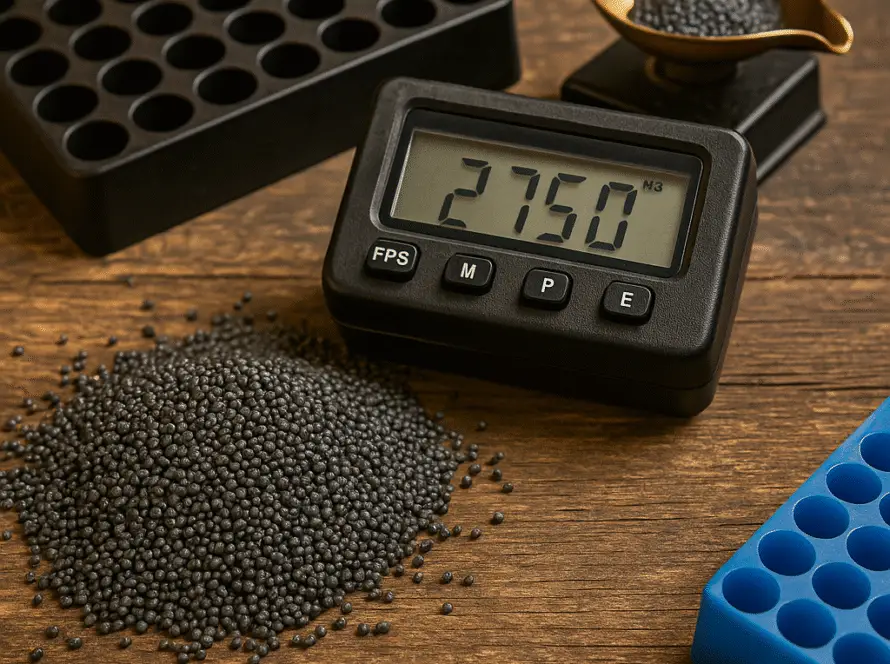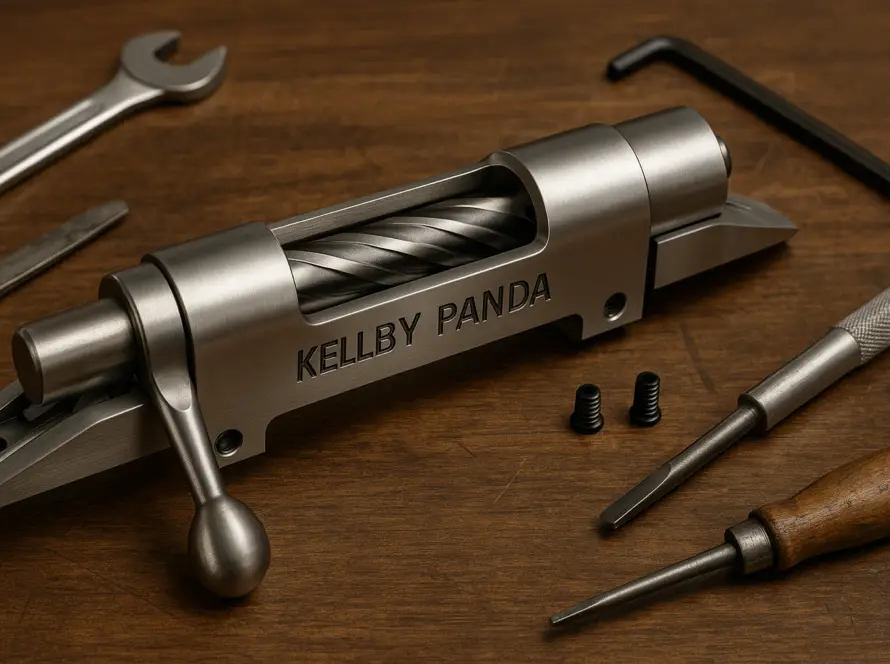Rifle Barrel Blanks: How to Choose Quality Blanks for Your Project
Contact us if you need expert guidance or to place your order.

Rifle Barrel Blanks are the cornerstone of any precision rifle build. Choosing the right blank—based on material, profile, rifling method and finish—directly impacts accuracy, barrel life and consistency. In this guide, you’ll learn four critical factors to evaluate before ordering your blank. We’ll also provide external resources for deeper research, such as the Wikipedia entry on rifled barrels and the SAAMI standards. Ready to ensure sub-MOA performance? Let’s dive in.
1. Rifle Barrel Blanks: Material and Heat Treatment
The alloy you choose sets the foundation for corrosion resistance and mechanical stability:
- 416R Stainless Steel: Preferred for match barrels. Offers excellent corrosion resistance and predictable heat-treatment to Rockwell 45–48 HRC. Always request stress-relief logs.
- 4140 Chrome-Moly: Durable under high round counts but requires protective coatings (Nitride, Cerakote) to prevent rust. Post-treat hardness is typically 30–35 HRC.
- Alternative Alloys: 416 (non-R), 17-4 PH and other stainless variants exist. Verify your vendor’s heat-treatment protocol to avoid post-machining warp.
Proper stress relief and hardness certificates are non-negotiable. A warped barrel blank leads to costly re-profiling and inconsistent groups.
2. Rifle Barrel Blanks: Profile and Length
Barrel contour and length govern weight, handling and thermal behavior:
- Sporter Contour: Lightweight, ideal for hunting; may sacrifice stiffness under rapid fire.
- Heavy Varmint: Maximizes rigidity, favored for benchrest and long-range competition.
- Fluted Blanks: Remove metal to reduce weight and increase cooling surface; ensure flute geometry maintains structural integrity.
- Length Selection: Match your barrel length to cartridge performance: e.g., 22–24″ for .308 Win, 20–22″ for .223 Rem.
Selecting the shortest blank that meets your velocity requirements helps manage overall rifle weight without compromising ballistics.
3. Rifle Barrel Blanks: Rifling Method and Twist Rate
Your choice of rifling process and twist rate defines accuracy potential and bullet stability:
- Cut Rifling: Machined groove-by-groove; yields the straightest bore. Ideal for high-end custom barrels but more expensive.
- Button Rifling: Carbide button pushed through the barrel; faster production with good consistency if stress relief is thorough.
- Polygonal Rifling: Smooth profile that reduces fouling; common in handguns, less typical for match rifles.
- Twist Rate: Choose based on bullet weight; 1:8″ or 1:7″ for heavy .30 cal bullets, 1:9″ for 55–69 gr .223 bullets.
Consult your ammunition manufacturer and your rifling shop to confirm the optimal twist rate for your build.
4. Rifle Barrel Blanks: Tolerances and Finish
Final inspection before ordering ensures you receive a blank that meets precision standards:
- Bore & Groove Tolerances: ±0.0001″ on bore diameter; ±0.0002″ on groove diameter.
- Surface Finish: Mirror polish (RA ≤ 10 μin) reduces fouling and enhances consistency.
- Chamber Print: Request go/no-go gauge reports to verify chamber timing and throat dimensions.
- External Coatings: Choose from Nitride, Cerakote, phosphate or traditional bluing based on corrosion environment.
A certified inspection report from your blank supplier is essential. Never accept “verbal” assurances—insist on documented proof.
Internal & External Resources
- Complete Guide to the Kelbly Panda Action — ensure perfect action-barrel alignment.
- Atlas Gun Powder Performance Tests — load development recipes for consistent velocity.
- External Ballistics Calculator — plan your barrel length and twist rate.
Conclusion
By following these four key steps—evaluating material, profile, rifling and finish—you’ll select rifle barrel blanks that support your precision goals and build budget. Remember to request detailed inspection certificates, confirm muzzle thread specs, and leverage expert advice when needed. Contact us today to order your custom rifle barrel blank or to get personalized recommendations for your next project.





